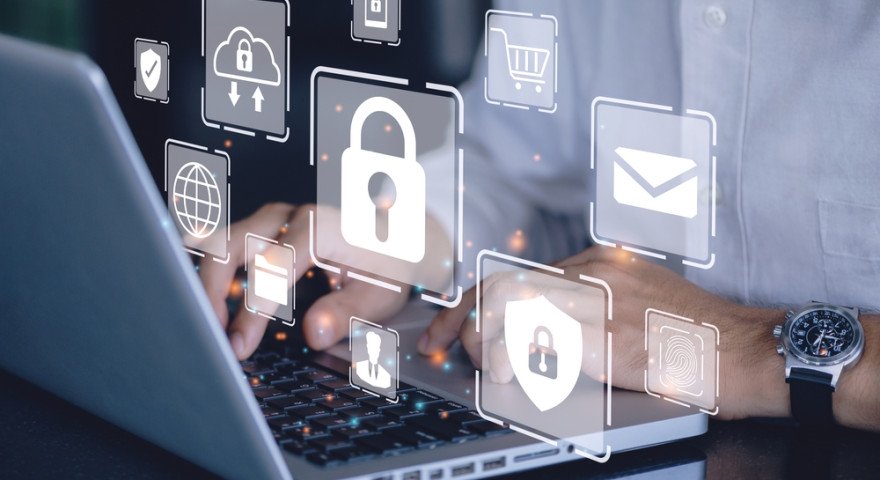Best practices to keep a WordPress website safe
WordPress is the most widely used content management system (CMS), powering more than 30% of all websites. However, as it grows in popularity, hackers have taken notice and are beginning to target WordPress sites specifically. You are not an exception, regardless of the type of content on your website. You may be hacked if you do not take certain precautions. If you own a website, you should make sure that its security is up-to-date.
In this blog, we will discuss the 8 Best Tips for Keeping Your WordPress Website Secure.
Choosing a Reliable Hosting Company
The most straightforward way to keep your site secure is to use a hosting provider that offers multiple layers of security.
It may appear appealing to choose a low-cost hosting provider; after all, saving money on website hosting allows you to spend it elsewhere in your organization. However, do not succumb to this temptation. There is a possibility that it can result in nightmares in the future. Your data may be completely erased, and your URL may begin redirecting to another location.
Keep your WordPress installation up-to-date.
Updating your WordPress site is one of the best ways to keep it secure. It is necessary to install security patches as soon as possible when updating WordPress. You can check for updates in the WordPress admin area or use a plugin like WP Updates Notifier to receive notifications of new releases
Use strong passwords and change them regularly.
One of the best ways to protect yourself online is by using strong passwords and changing them regularly. This can help prevent people from gaining access to your accounts, especially if they are using common passwords. Maintaining a list of your passwords can be made easier by using a password manager.
Use a plugin like Wordfence to add security to your website.
Wordfence is a plugin that helps secure your website. It can help protect your website from attacks, including malware and brute-force attacks. It also helps to keep your website safe from spam and unwanted traffic.
Ensure plugins and themes you install are from reputable sources.
It's important to be careful when installing plugins and themes, as some of them can be harmful to your site. Only install plugins and themes from reputable sources, such as the WordPress.org plugin repository or the ThemeForest marketplace.
Use two-factor authentication.
Using two-factor authentication is another excellent way to increase the security of your credentials. This security method functions as a temporary second password that is refreshed every 30 seconds or so. Hackers would have to guess both your true password and the temporary security code within that 30-second timeframe to gain access to your site, greatly increasing your chances of blocking them!
Two-factor authentication is useful because you can apply it to a wide range of logins related to the sites you manage.
Use a secure connection (SSL) when logging into your WordPress website.
When you're logging into your WordPress website, it's important to use a secure connection. By doing this, you will be able to keep your information safe and secure. Alternatively, you can ask your hosting company for help if you aren't sure how to do this.
Keeping your WordPress login credentials private
If you are using WordPress, it is important to remember not to share your login credentials with anyone. Because if you do, they could potentially access your site and make changes or add content without your knowledge. To help protect your site, be sure to use a strong password and keep your login information confidential.
If you follow these best practices, you can keep your WordPress website safe from hackers.
Final Thoughts: WordPress security is an important aspect of any website. Hackers can easily attack your site if you are not maintaining WordPress security. Maintaining your website's security is simple, and you can also do it for free. Follow the steps outlined above to ensure the security of your WordPress site.


